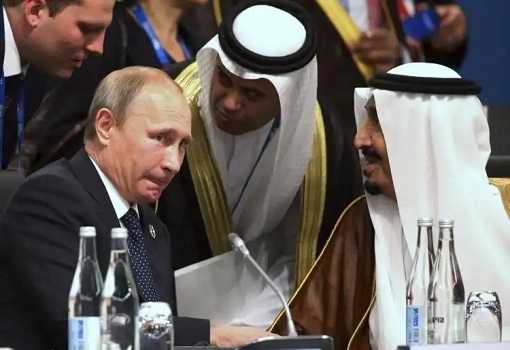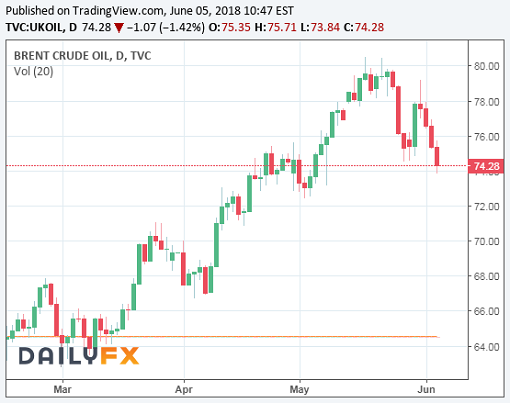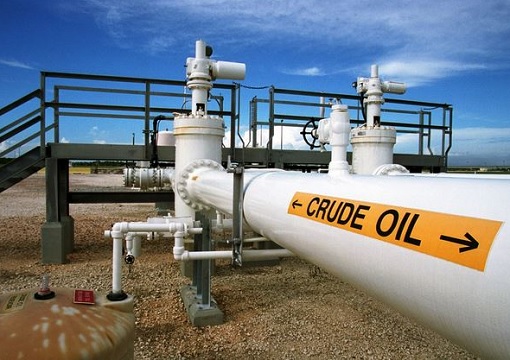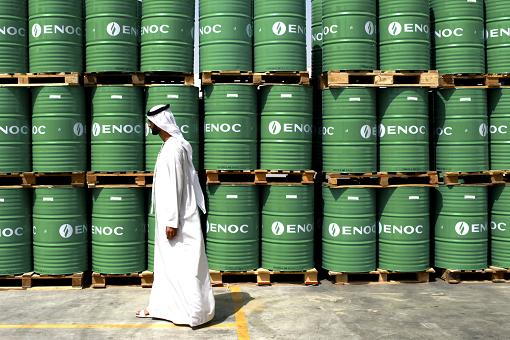The first half of 2018 has been bullish for oil prices. But after touching the US$80 a barrel for the first time since 2014, the commodity is fast losing its steam. The Brent crude oil is trading at about US$74, a drop of about 6 dollars a barrel since its peak. The WTI crude oil meanwhile has dropped by 8 dollars since its peak at US$72 a barrel to US$64. So, what is happening?
First of all, the primary reason why the Brent shot up to US$80 was due to the OPEC and its allied non-OPEC nations’ decision, especially Russia, to extend the oil output cuts until the end of this year. The idea was to cut oil supply by 1.8-million barrels per day out of the market in order to end a persistent glut of crude oil. The plan worked fabulously.
After OPEC and 10 non-OPEC producers cut the output since the start of 2017, the coordinated effort has helped to boost crude prices by more than 40%. Now that the oil prices have recovered strongly, Saudi and Russia are rumoured to be toying with the idea of pulling back a significant portion of their output cuts – as much as 1-million barrels per day.

Apparently, some members of the OPEC have leaked that Saudi and Russia “mentioned” about lifting the current production limits in OPEC’s next regular meeting, scheduled to be held on June 22 in Vienna. Part of the reasons to raise production was triggered by increased geopolitical risks to supply in Iran and Venezuela – two OPEC members.
Last month, President Trump declared the U.S. was withdrawing from the Iran nuclear deal and will reimpose the stringent sanctions it imposed on Iran before the deal. While some said Trump’s sanctions could wipe 1 million barrels per day of Iranian crude off the market, others said the impact would be limited to fewer than 500,000 barrels a day only.
Venezuela, on the other hand, is seeing its once-proud oil industry collapsing. When crude was trading at more than US$100 per gallon, earnings for Venezuela’s oil company, PDVSA, were in the region of billions. Now, the company can barely stay afloat. Crude production has been falling for the past 25 months. It now produces almost half the oil it did in the late 1990s.

Prices have also come under pressure following data released last week by the U.S. Energy Information Administration (EIA) that showed U.S. crude production has risen to a record weekly high of 10.47 million barrels a day. According to Baker Hughes, the number of rigs drilling for oil in the U.S. has also increased – up by two last week to 861.
Hedge funds have increased their bets that oil prices will fall for a third consecutive week, at least until the OPEC meeting on June 22. That’s because the short positions are now at their highest in about six months. The news or speculations that Saudi and Russia will agree to ease the production cut will keep pressure on oil prices.
Saudi Arabia will most likely use the Iran and Venezuela crisis as an excuse to pump more oil so that the kingdom can at least recapture some market share it has been losing to U.S. shale producers. In the same breath, Russia is losing market share too. The US is set to export 2.3 million barrels per day in June, of which 1.3 million barrels per day will head to Asia.

China’s refiner Sinopec has bought about a record 16 million barrels (533,000 barrels per day) of US crude, cutting down on Saudi imports in order to lower the U.S. trade deficit. The wide price gap between WTI crude versus Brent encourages U.S. exporters to export as much as they can. Still, the Chinese hunger for oil means they can absorb whatever output number that U.S. can produce.
There is another reason why the oil prices will continue to fall. According to Bloomberg, the United States actually has quietly asked Saudi Arabia and its allies to raise oil production by some 1 million barrels per day. The rare request came after U.S. retail gasoline prices surged to their highest in more than three years.
Back in April, when oil prices hit a three-and-a-half year highs, U.S. President Donald Trump slammed OPEC for manipulating oil prices in a tweet saying that oil prices were “artificially very high” and “will not be accepted.” In the United States, national average gasoline prices have approached US$3 per gallon and President Trump isn’t happy.

Other Articles That May Interest You …
- This French Hedge Fund Manager Warns Oil Could Go Up To $300
- Saudi’s Dream For $100 Oil In Jeopardy As Trump Warns OPEC About Fake High Price
- Oil Skyrockets To 3-Year High – 32 Million Malaysians Will Experience The Biggest Shock In Their Life After Election
- Thanks To Trump, Oil May Spike To $100 – That’s Precisely What Putin Wants
- Oil Crashes!!! U.S. Produces So Much Oil That They Even Sell To The Arabs
- U.S. Oil On Its Way To Beat Saudi & Russia – Tops 10 Million Barrels / Day Since 1970
- Everyone Knows Oil Supply Will Be Up In 2018, But Nobody Knows By How Much
- If Oil Goes Above $70, The Complacent & Lazy Saudi Might Not Reform At All
- Here’s How Oil Could Crash To $10 – In 6 To 8 Years
- Meet United States – The World’s Latest Oil Exporter – After 40 Years

|
|
June 6th, 2018 by financetwitter
|


|

|

|

|

|

|




























Comments
Add your comment now.
Leave a Reply